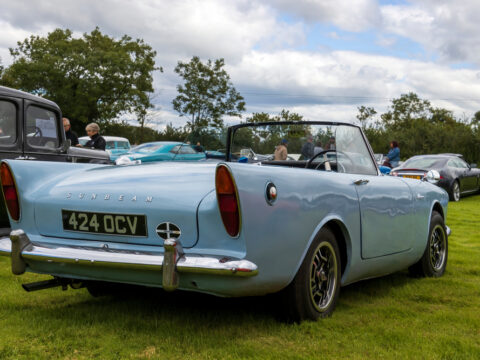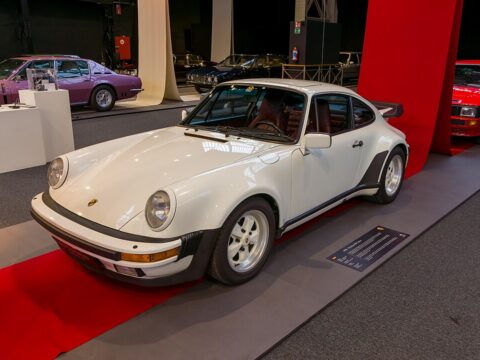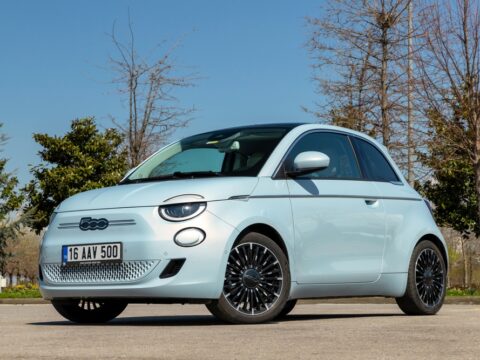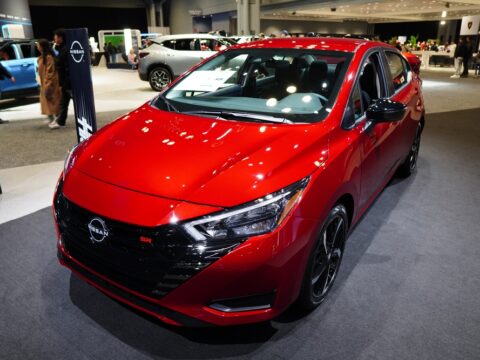Futuristic car designs often promise cutting-edge technology and groundbreaking aesthetics, but not all of them live up to the hype. Many ambitious concepts have fallen short of expectations, disappointing enthusiasts and buyers alike. Here are some futuristic car designs that, despite their bold visions, ultimately failed to deliver on their promises.
Contents
DeLorean DMC-12
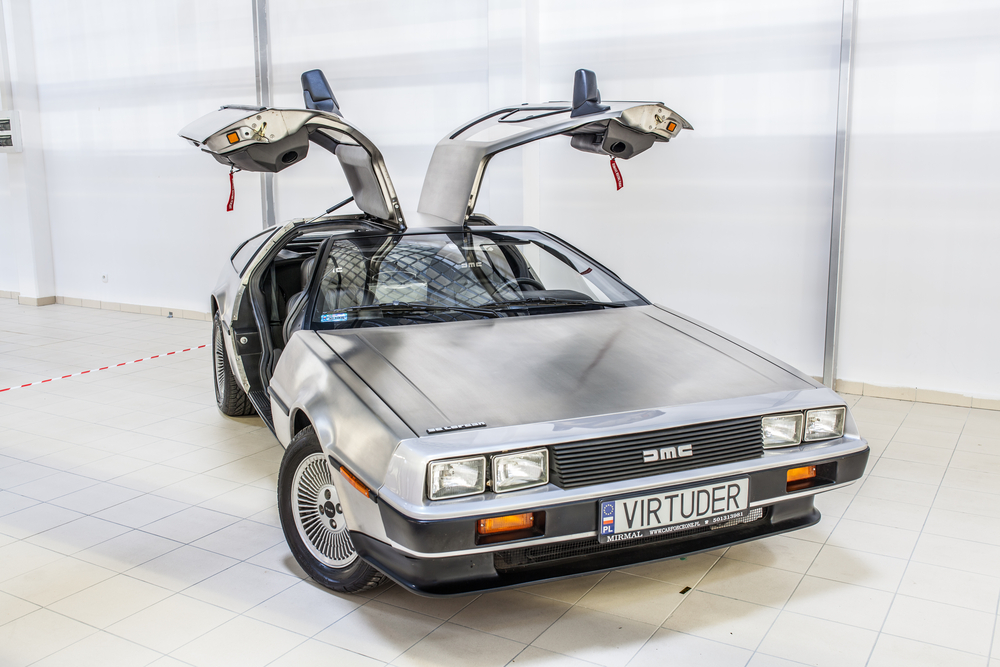
The DeLorean DMC-12, produced from 1981 to 1983, is famous for its futuristic stainless steel body and gull-wing doors. However, it fell short of expectations due to its underpowered 2.85-liter V6 engine producing only 130 horsepower, leading to sluggish performance. Priced at around $25,000, the car faced reliability issues and poor build quality, contributing to its commercial failure despite its iconic design.
Vector W8
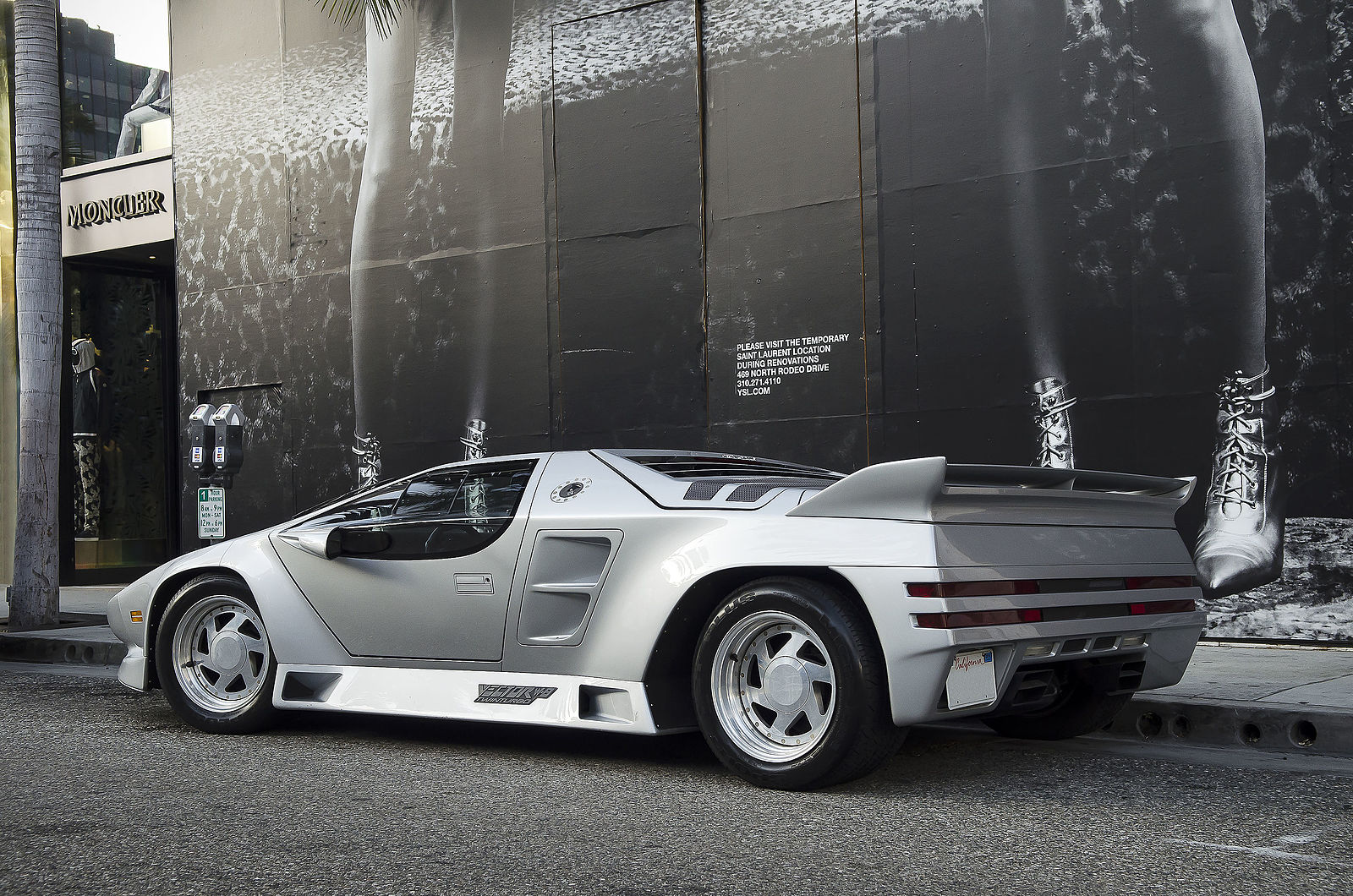
The Vector W8, introduced in the early 1990s, was touted as a high-performance supercar with a twin-turbocharged 6.0-liter V8 engine producing 625 horsepower. However, it fell short due to its high price tag of over $400,000, numerous mechanical issues, and a lack of refinement. The car’s futuristic design couldn’t compensate for its poor reliability and limited production run.
Fisker Karma
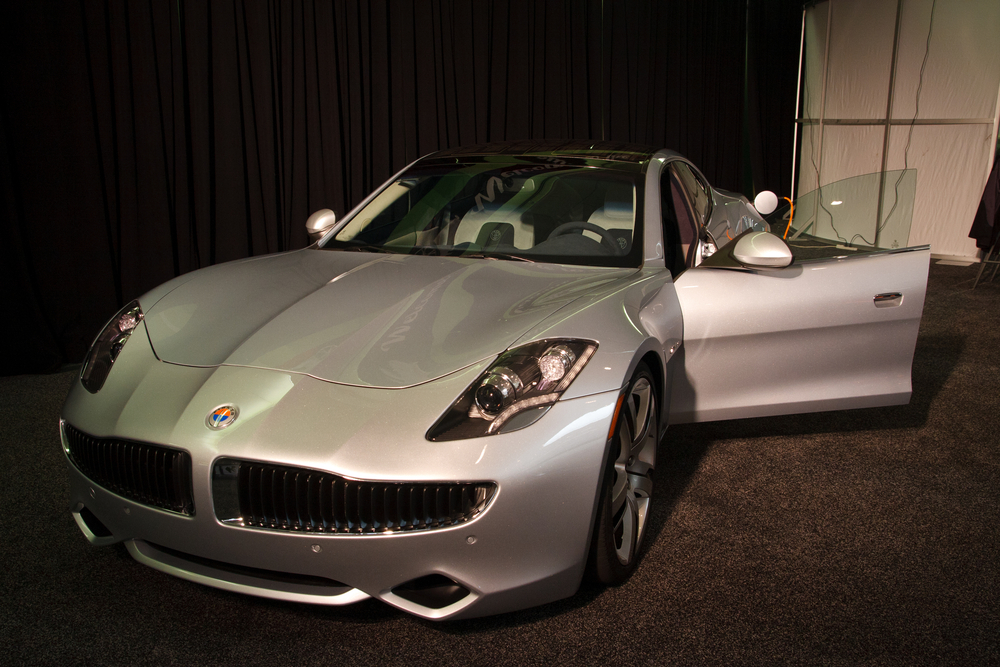
The Fisker Karma, launched in 2011, was a plug-in hybrid luxury sedan with a sleek design and advanced technology. Priced at around $100,000, it featured a 2.0-liter turbocharged engine and electric motors. However, it suffered from limited electric range, frequent software glitches, and battery issues. The company’s bankruptcy in 2013 further tarnished its reputation, making the Karma a cautionary tale in the EV market.
Tucker 48
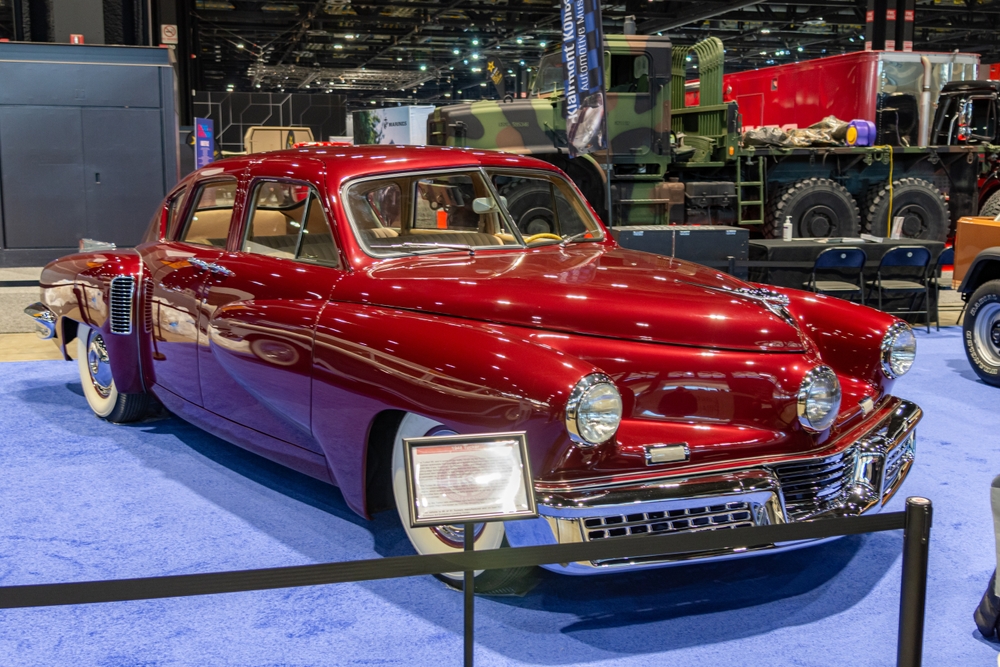
The Tucker 48, also known as the “Tucker Torpedo,” was a 1948 car with groundbreaking safety features and a rear-mounted engine. Despite its innovative design, it fell short due to production delays, financial difficulties, and legal battles. Only 51 units were made, making it a rare collector’s item but a commercial failure.
Pontiac Aztek
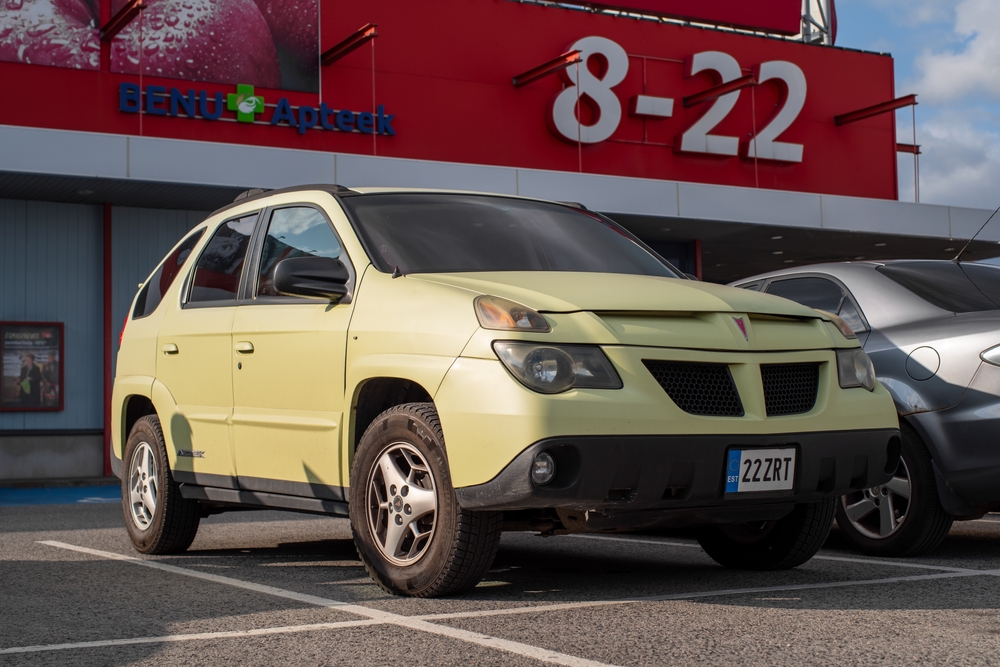
The Pontiac Aztek, launched in 2001, was intended to be a versatile crossover with a futuristic design. However, it was widely criticized for its unattractive appearance and poor build quality. Its 3.4-liter V6 engine and $21,000 price tag couldn’t save it from becoming one of the most ridiculed cars of its time, leading to its discontinuation in 2005.
Lincoln Blackwood
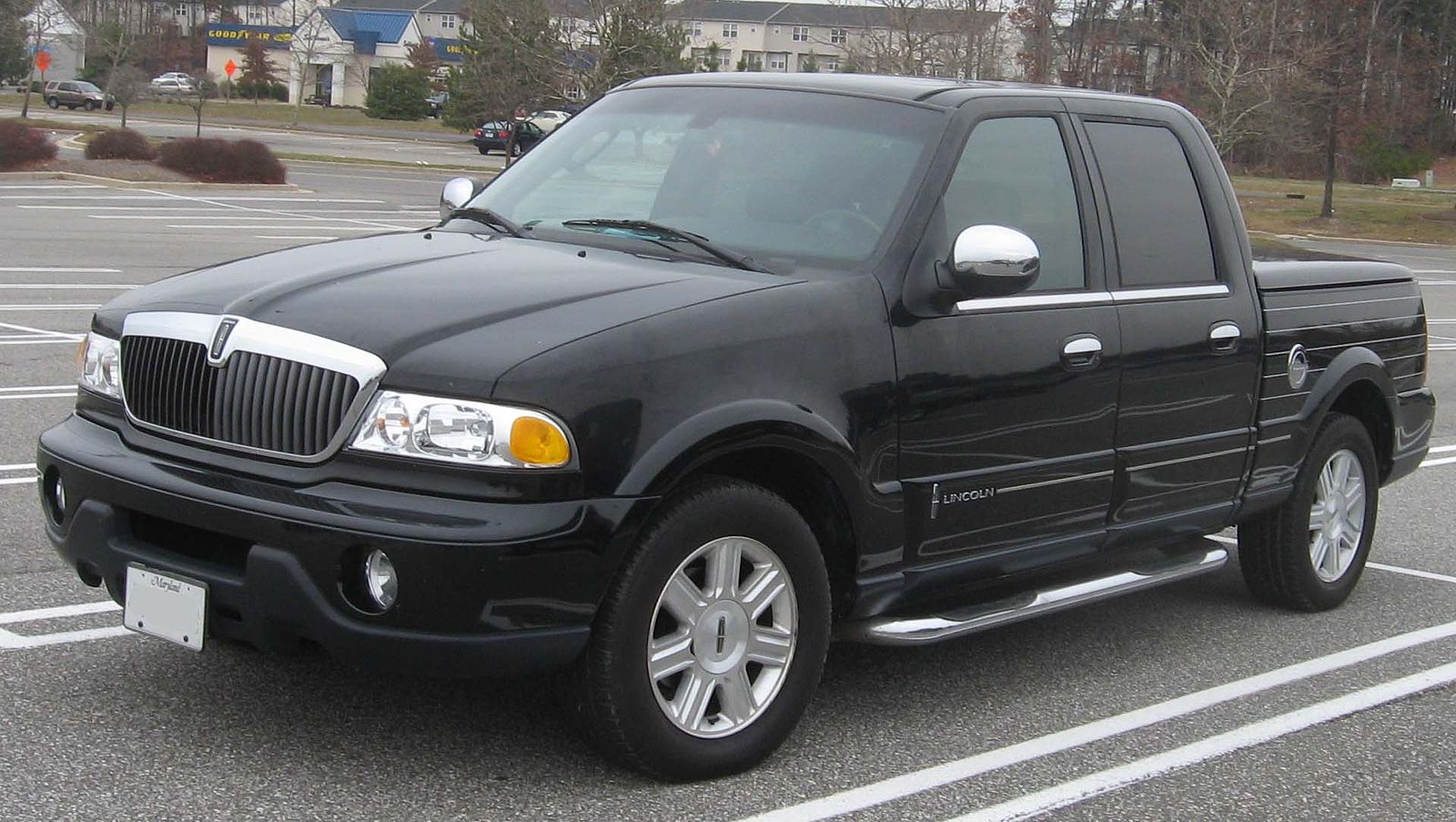
The Lincoln Blackwood, released in 2002, was a luxury pickup truck with a unique design and a 5.4-liter V8 engine. Despite its high-end features and $52,000 price tag, it fell short due to its impractical design, limited cargo space, and poor sales. Only about 3,000 units were produced before it was discontinued after just one year.
Cadillac XLR
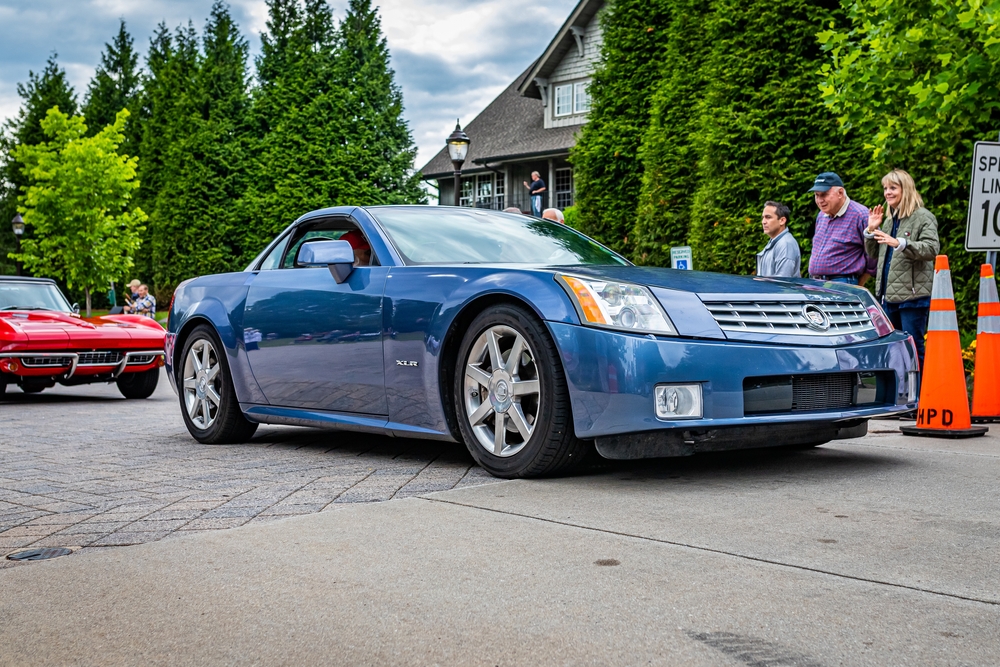
The Cadillac XLR, produced from 2003 to 2009, was a luxury roadster with a futuristic design and advanced features like a retractable hardtop. Powered by a 4.6-liter V8 engine, it had a price tag of around $75,000. However, it failed to compete with European rivals due to its mediocre performance and high price, leading to disappointing sales.
BMW i8
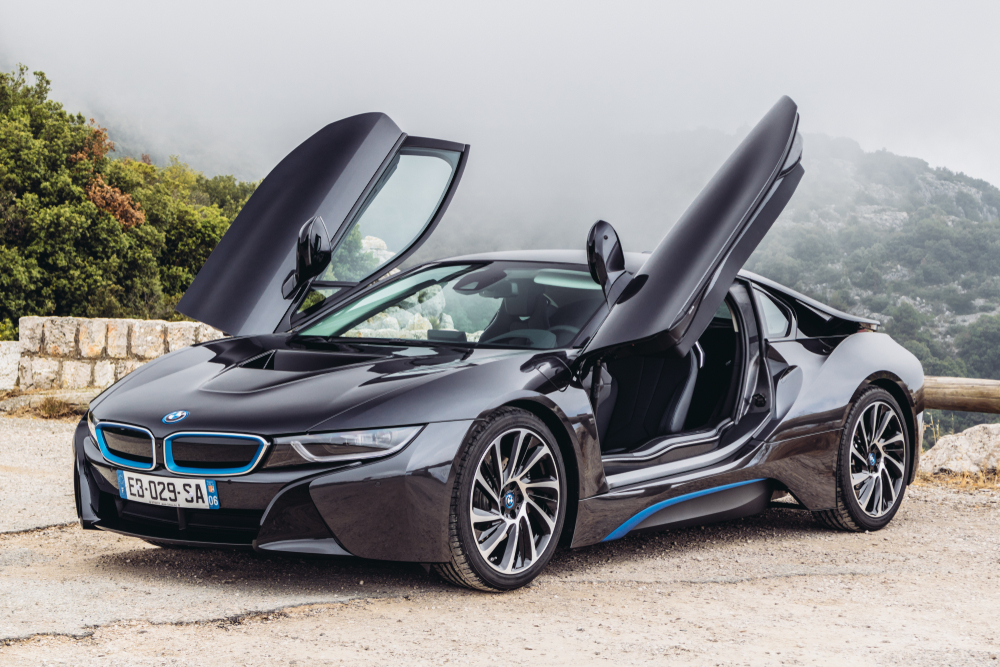
The BMW i8, introduced in 2014, was a plug-in hybrid sports car with a striking design and advanced technology. Despite its futuristic looks and $140,000 price tag, it fell short due to its limited electric range, underwhelming 1.5-liter three-cylinder engine, and high maintenance costs. It was discontinued in 2020 due to lackluster sales.
Chrysler Turbine Car
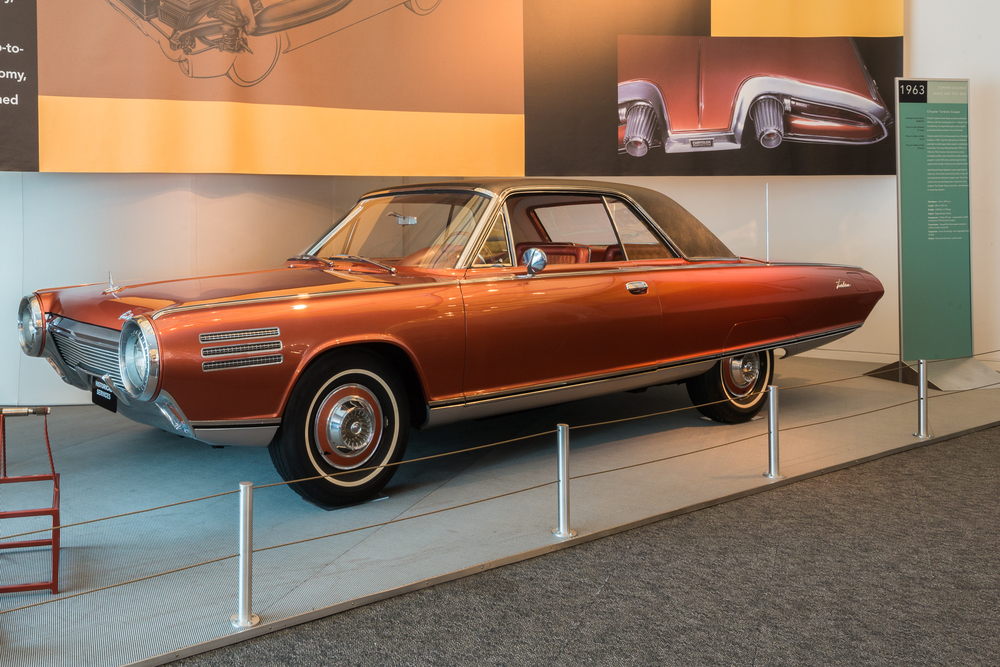
The Chrysler Turbine Car, produced in 1963, featured a gas turbine engine and a futuristic design. Despite its innovative technology, it fell short due to high production costs, poor fuel economy, and limited performance. Only 55 units were built for testing, and the project was ultimately abandoned due to technical and financial challenges.
Saturn Ion Red Line
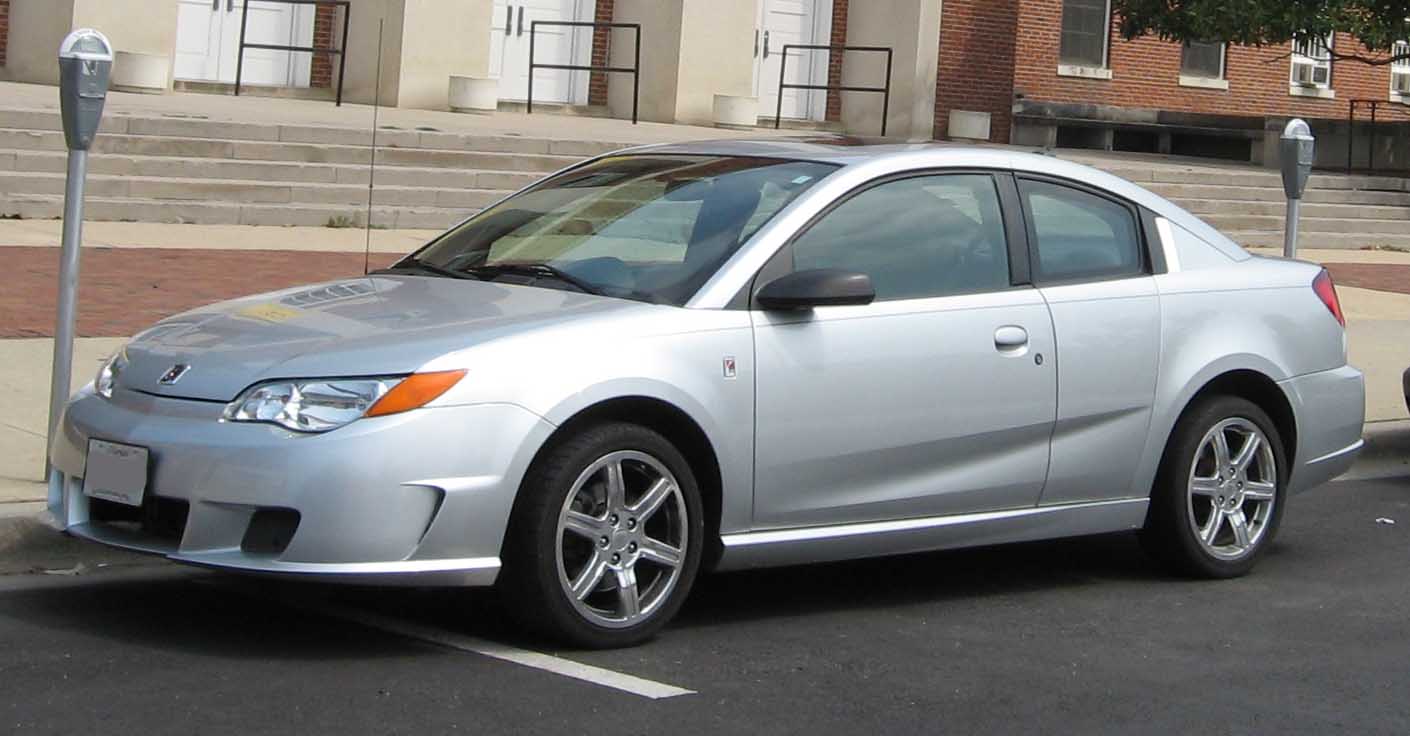
The Saturn Ion Red Line, introduced in 2004, was a performance version of the Ion compact car. Despite its supercharged 2.0-liter engine and sporty design, it fell short due to its poor interior quality, unrefined driving experience, and limited market appeal. The $21,000 price tag couldn’t justify its shortcomings, leading to its discontinuation in 2007.
Chevrolet Volt
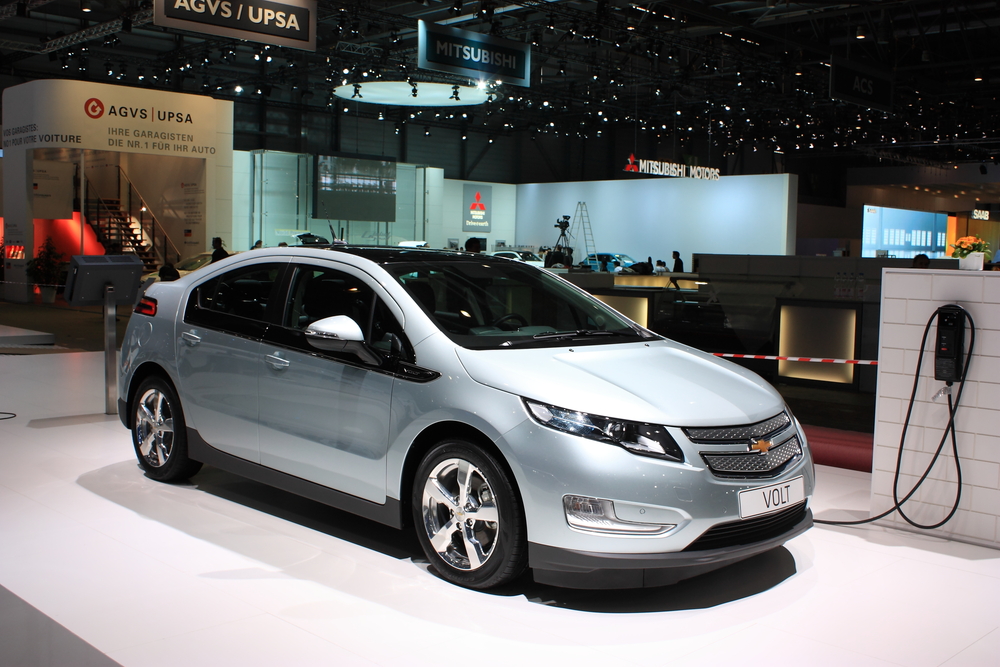
The Chevrolet Volt, launched in 2010, was an extended-range electric vehicle with a futuristic design and a 1.4-liter gasoline engine. Despite its innovative technology and $40,000 price tag, it fell short due to its limited electric range, high production costs, and competition from more practical EVs. Production ended in 2019.
Suzuki X-90
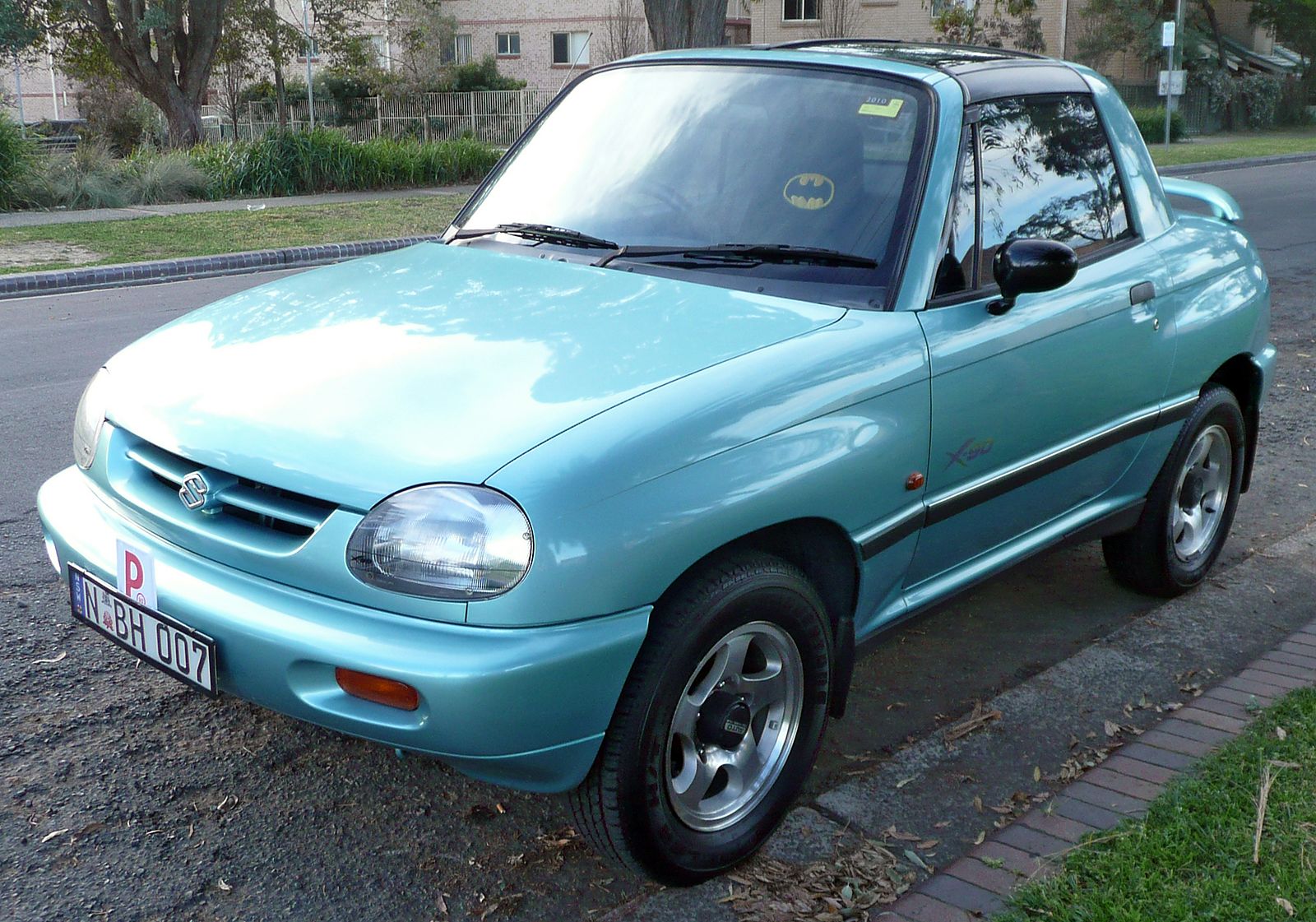
The Suzuki X-90, produced from 1995 to 1997, was a compact SUV with a quirky, futuristic design. Despite its 1.6-liter engine and $15,000 price tag, it fell short due to its impracticality, poor handling, and limited market appeal. Its unusual appearance and lack of utility led to its quick demise.
Ford Thunderbird (2002)
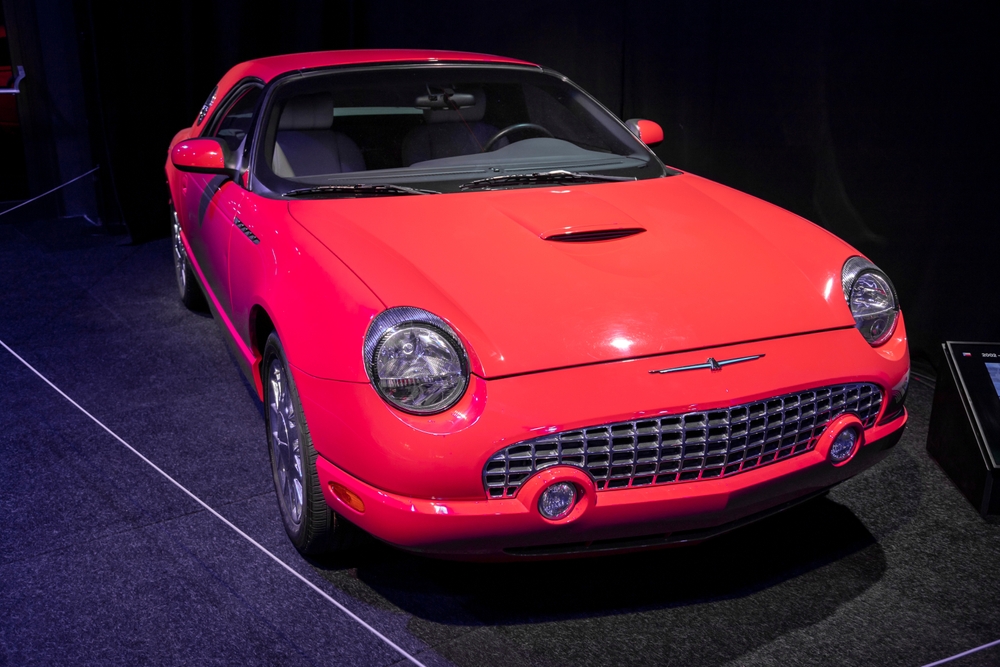
The 2002 Ford Thunderbird was a retro-styled roadster intended to revive the classic Thunderbird nameplate. Despite its 3.9-liter V8 engine and $40,000 price tag, it fell short due to its uninspired performance, outdated technology, and high price. It failed to capture the market, leading to its discontinuation in 2005.
Renault Avantime
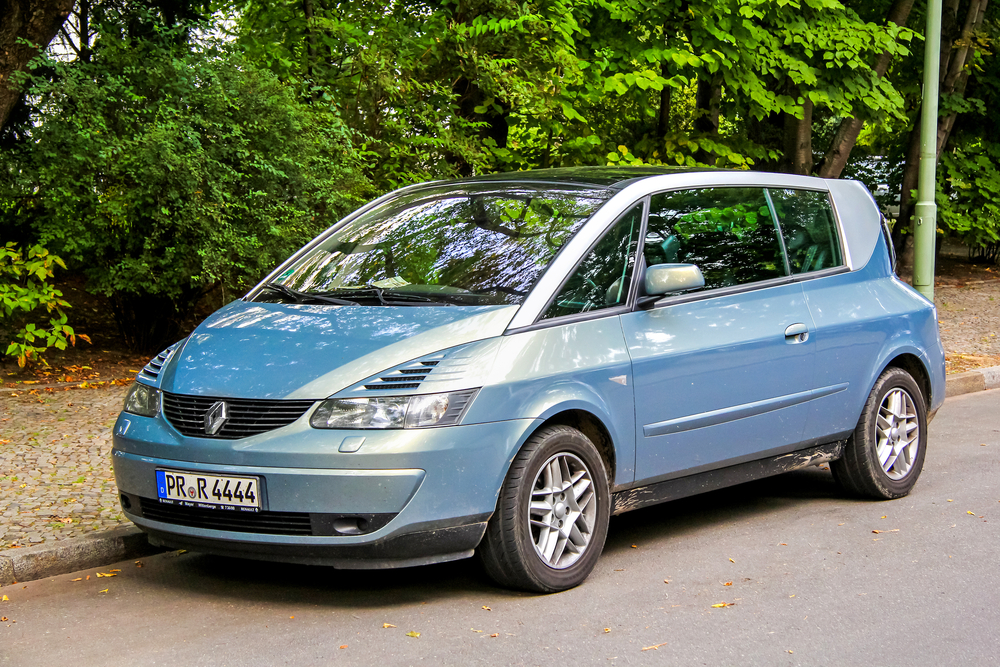
The Renault Avantime, launched in 2001, was a unique blend of a coupe and a minivan with a futuristic design. Despite its innovative concept and 3.0-liter V6 engine, it fell short due to poor sales, impracticality, and high price. The Avantime’s niche appeal and lack of market demand led to its discontinuation in 2003.
Smart ForTwo Electric Drive
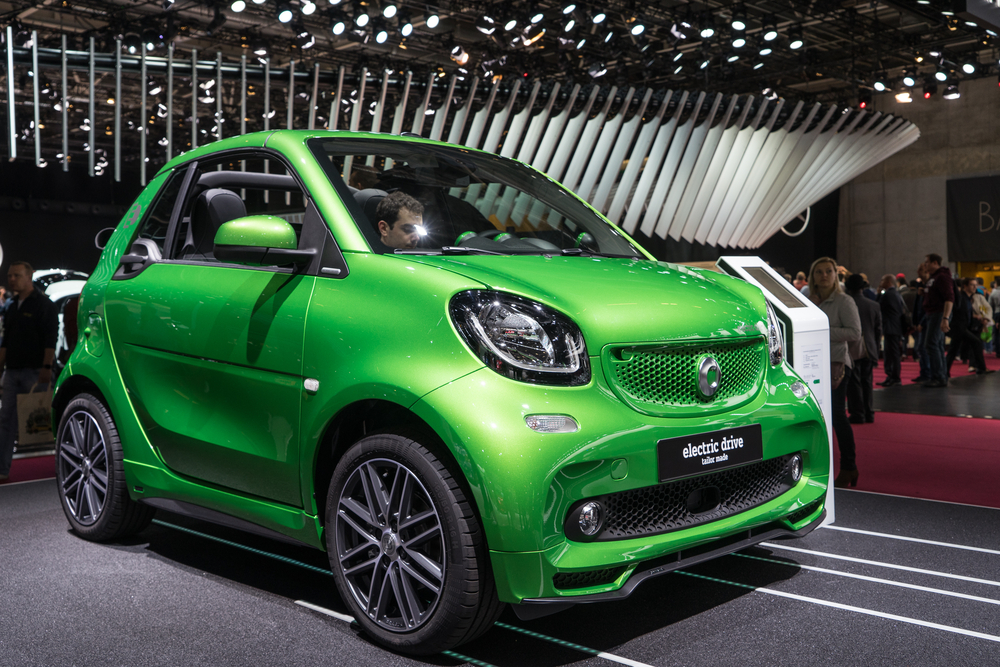
The Smart ForTwo Electric Drive, introduced in 2007, was a compact EV with a futuristic design. Despite its $25,000 price tag and eco-friendly appeal, it fell short due to limited range, cramped interior, and high cost compared to more practical EVs. Its small size and limited functionality restricted its market appeal.
Acura ZDX
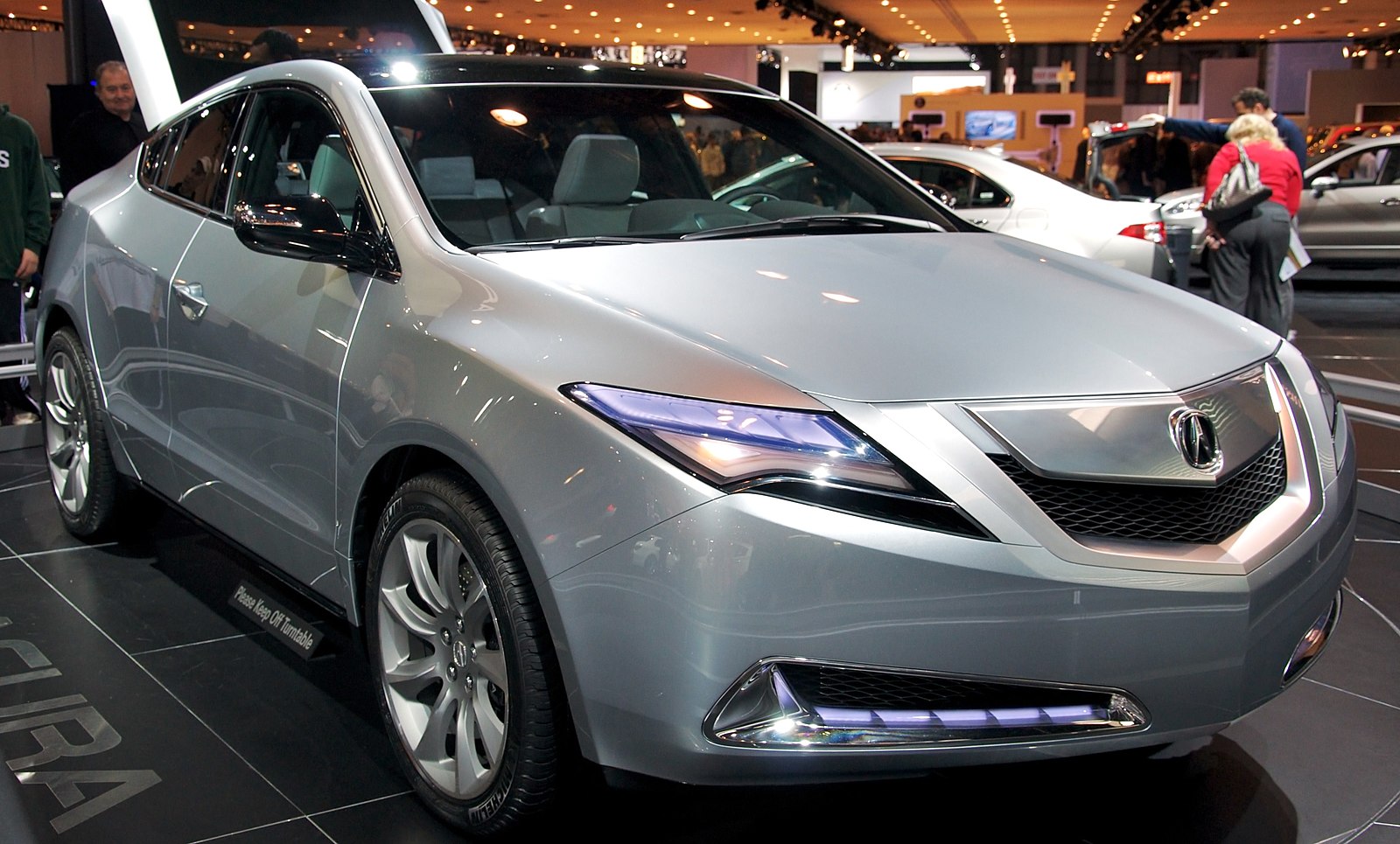
The Acura ZDX, launched in 2009, was a luxury crossover with a bold, futuristic design. Despite its 3.7-liter V6 engine and $50,000 price tag, it fell short due to its cramped interior, poor rear visibility, and lack of practicality. The ZDX’s unique design failed to resonate with buyers, leading to its discontinuation in 2013.
Oldsmobile Toronado (1986)
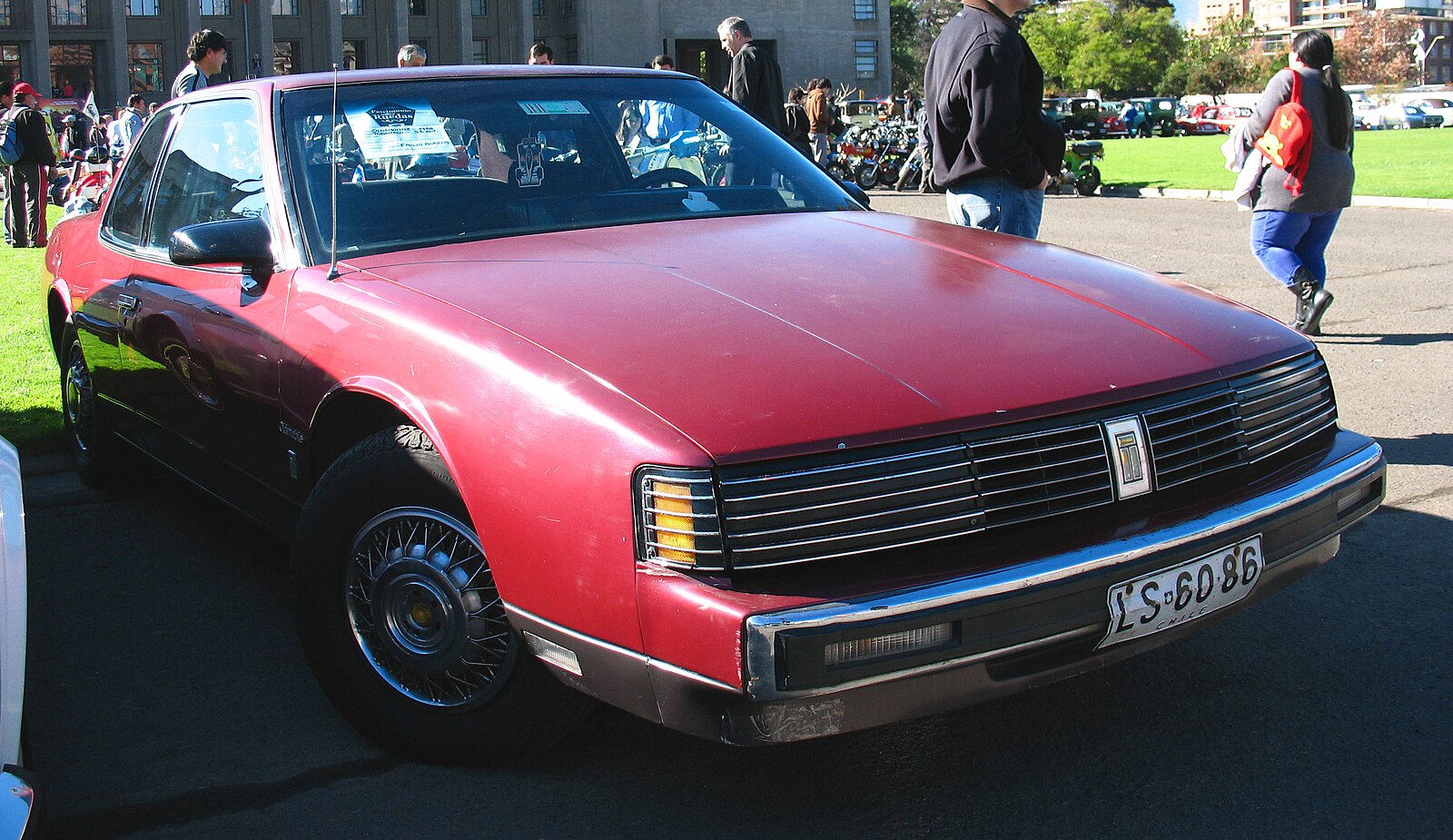
The 1986 Oldsmobile Toronado was a front-wheel-drive luxury coupe with a futuristic design. Despite its 3.8-liter V6 engine and advanced features, it fell short due to its poor build quality, outdated technology, and lack of market appeal. The Toronado’s decline in popularity led to its discontinuation in 1992.
Subaru XT
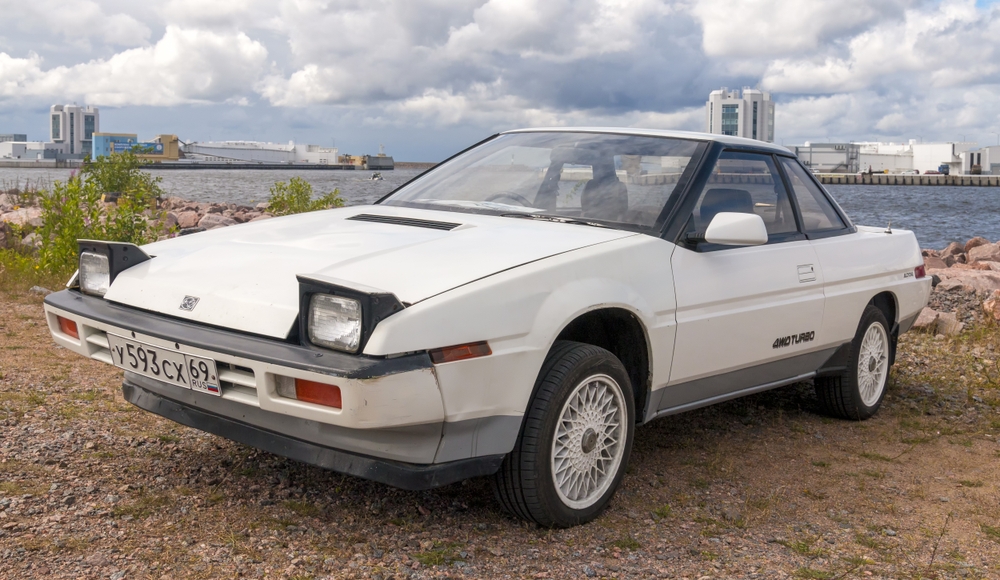
The Subaru XT, produced from 1985 to 1991, was a futuristic coupe with a distinctive wedge-shaped design. Despite its innovative features and turbocharged engine, it fell short due to its quirky styling, limited performance, and high price. The XT’s unconventional design failed to attract a broad audience.
Infiniti Q45 (2002)
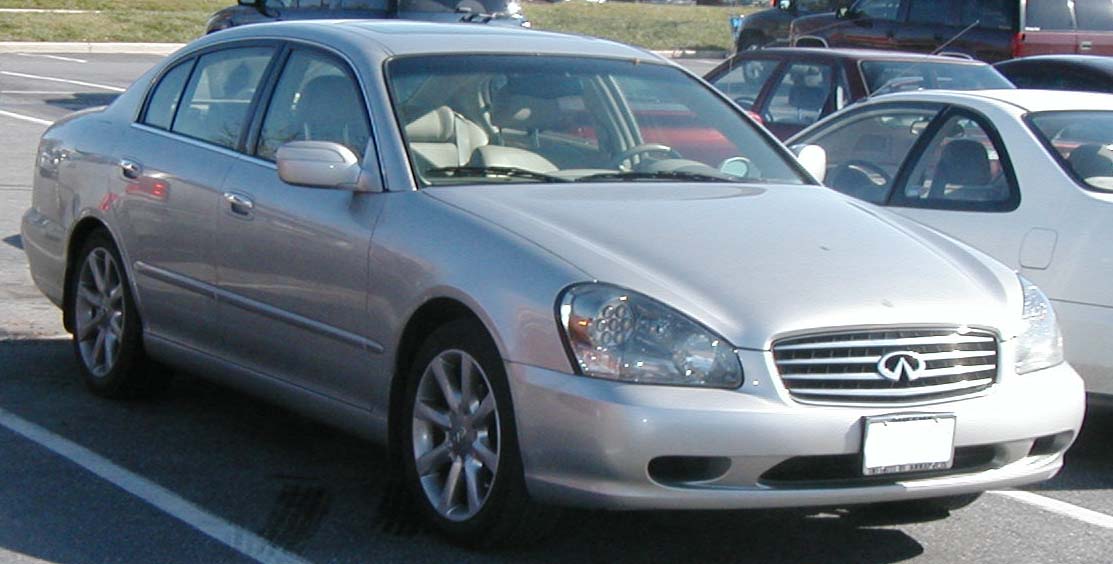
The 2002 Infiniti Q45 was a luxury sedan with a futuristic design and advanced technology. Despite its powerful V8 engine and $50,000 price tag, it fell short due to its bland styling, lack of brand recognition, and high price. The Q45 struggled to compete with established European luxury brands, leading to poor sales.
Volkswagen Phaeton

The Volkswagen Phaeton, launched in 2002, was a luxury sedan with a futuristic design and advanced technology. Despite its powerful V8 and W12 engine options and $70,000 price tag, it fell short due to its high price, heavy weight, and lack of brand prestige. The Phaeton’s underwhelming market performance led to its discontinuation in 2016.
This article originally appeared on MyCarMakesNoise.
More from MyCarMakesNoise
20 V8 Sports Cars That Vanished from the Spotlight
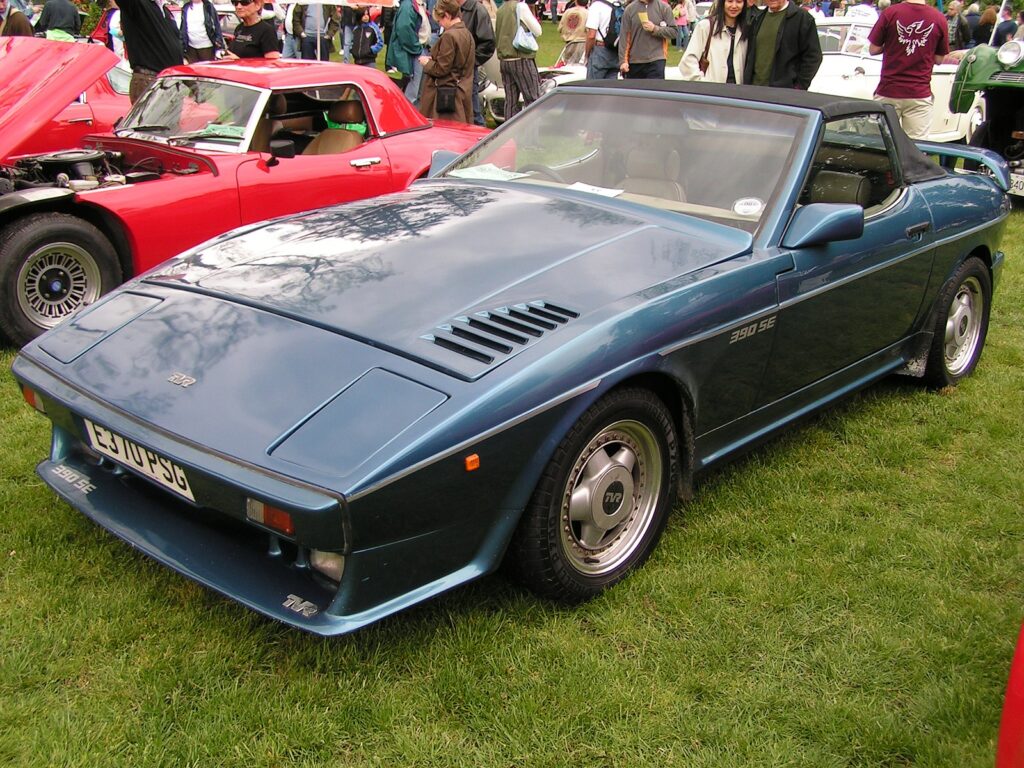
Not all sports cars achieve lasting fame, and some fade into obscurity despite their impressive performance and unique designs. In this article, we explore a selection of sports cars that have been largely forgotten over time. Read More.
15 Surprisingly Affordable Exotic Cars

Exotic cars often evoke images of sleek designs, roaring engines, and, unfortunately, eye-watering price tags. However, the dream of owning a high-performance sports car doesn’t always have to come with a luxury cost. Read More.
10 Retro Agricultural Vehicles Still Used Today

In the fast-paced world of modern agriculture, where technology reigns supreme, a surprising number of farmers still rely on retro agricultural vehicles. These machines, often decades old, continue to plow, plant, and harvest alongside their more technologically advanced counterparts. Read More.

